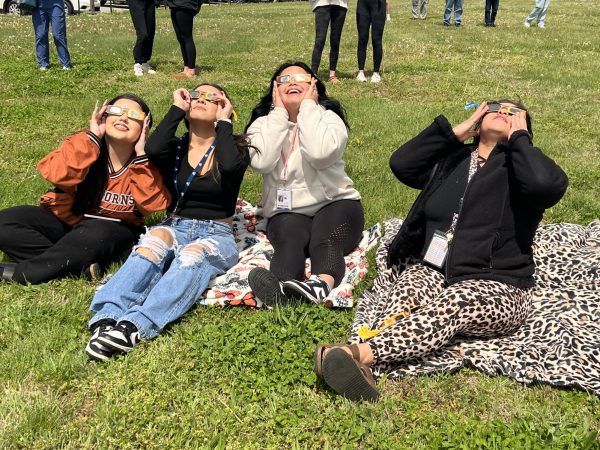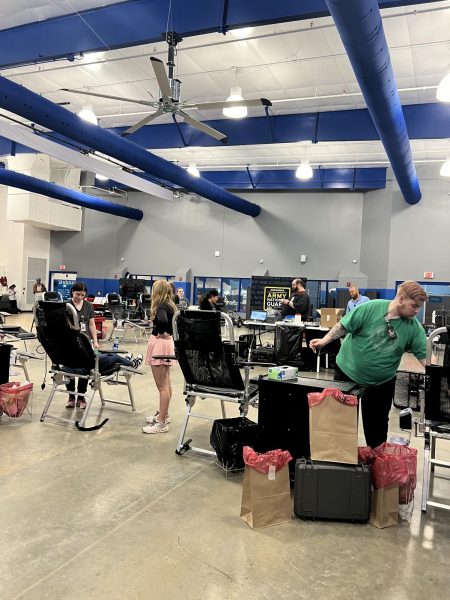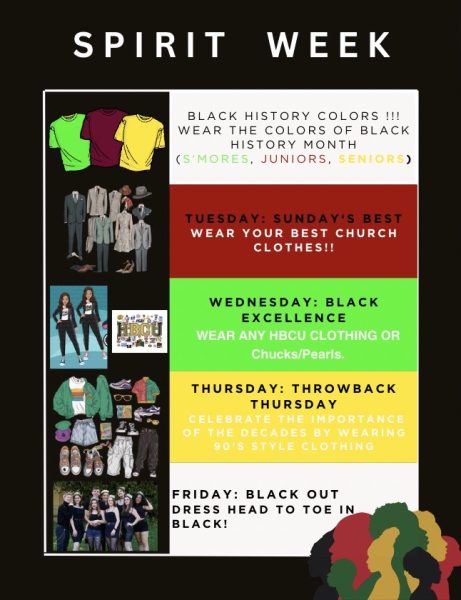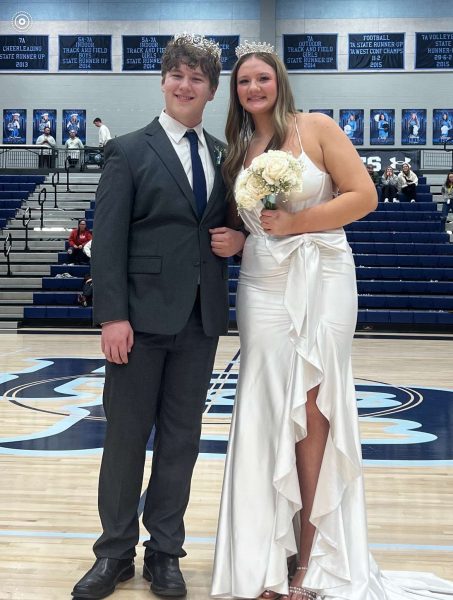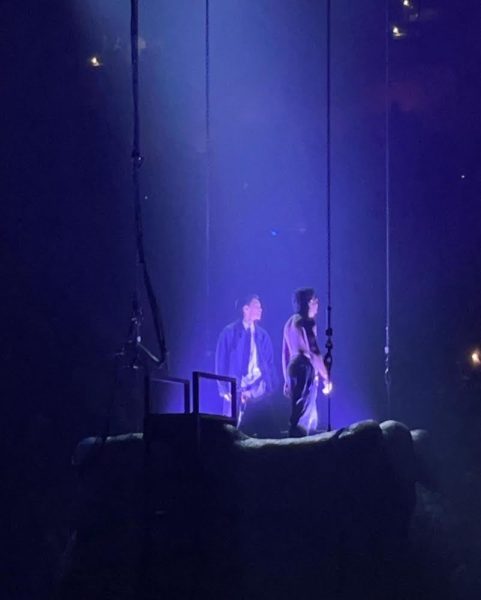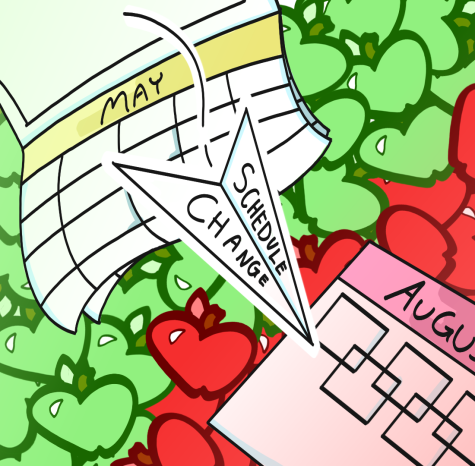Creative outlet for students are not counted for art credit
Senior Samantha Lewandowski spends approximately 30 hours a week working on projects for her TV production classes. Her interest in media began in 9th grade. Currently, she is enrolled in every television class she possibly could be in. Media classes such as Journalism, Yearbook, and TV production do not earn a fine art credit.
“I have been in the television program at Har-Ber for 3 years and it’s what I plan to pursue as a career post-high school,” Lewandowski said. “When I found out that it didn’t qualify as a fine arts credit because it was technically classified as CTE [Career and Technical Education], I was very confused because it was a class where I expressed my creativity and I learned about specific tools and properties of what is considered art in today’s society but I wasn’t getting an art credit for it.”
In order to graduate high school, the Arkansas Department of Education made a fine art credit a requirement. Classes such as theatre, painting, drawing, ceramics, band, and choir earn a fine art credit.
“A fine art credit is required because they want students to be exposed to the arts, and media classes such as television productions accomplish that,” Lewandowski said.
According to ACME counselor, Jennifer Hatch, Journalism courses fall under English Language Arts as an elective. Yearbook is an elective course and TV production is considered a Career and Technical Education class.
“Fine Arts classes are classes that meet certain standards set forth by the Arkansas Department of Education,” Hatch said. “According to the ADE, the ‘standards allow students to create and perform or present original artistic work, as well as to respond and connect their own artistic work to that of other people and other cultures.’”
TV Productions teacher, Travis Sherman, believes his classes should be considered more than a CTE elective.
“When I define art, it’s something that is created from nothing,” Sherman said. “It’s visualized from a student and put into a canvas, digital format, or vocal. They’re all art forms. The students have come up with these ideas and translate them into a digital format which is video and editing and they put their own twists and unique perspectives on it. That to me is an art form.”
Additionally, Sherman hopes that expanding the fine arts curriculum will promote classes such as Journalism, TV productions, and Yearbook, which gets students more involved in school.
“One of the biggest struggles in these classes is that it’s not an AP, or a graduation requirement, so students automatically have to put it at the bottom of the priority list,” Lewandowski said. “The sad part is that these classes give just as much knowledge and life lessons as the others.”
Lewandowski has been able to emotionally connect with her work in her TV production classes.
“Just as a student in visual art appreciation can draw an album cover to express their feelings, I can shoot a music video to express mine, or make a short film about a message I want to send to the world, or watch films from the past and discuss with peers on why it’s important and significant to the arts,” Lewandowski said.
